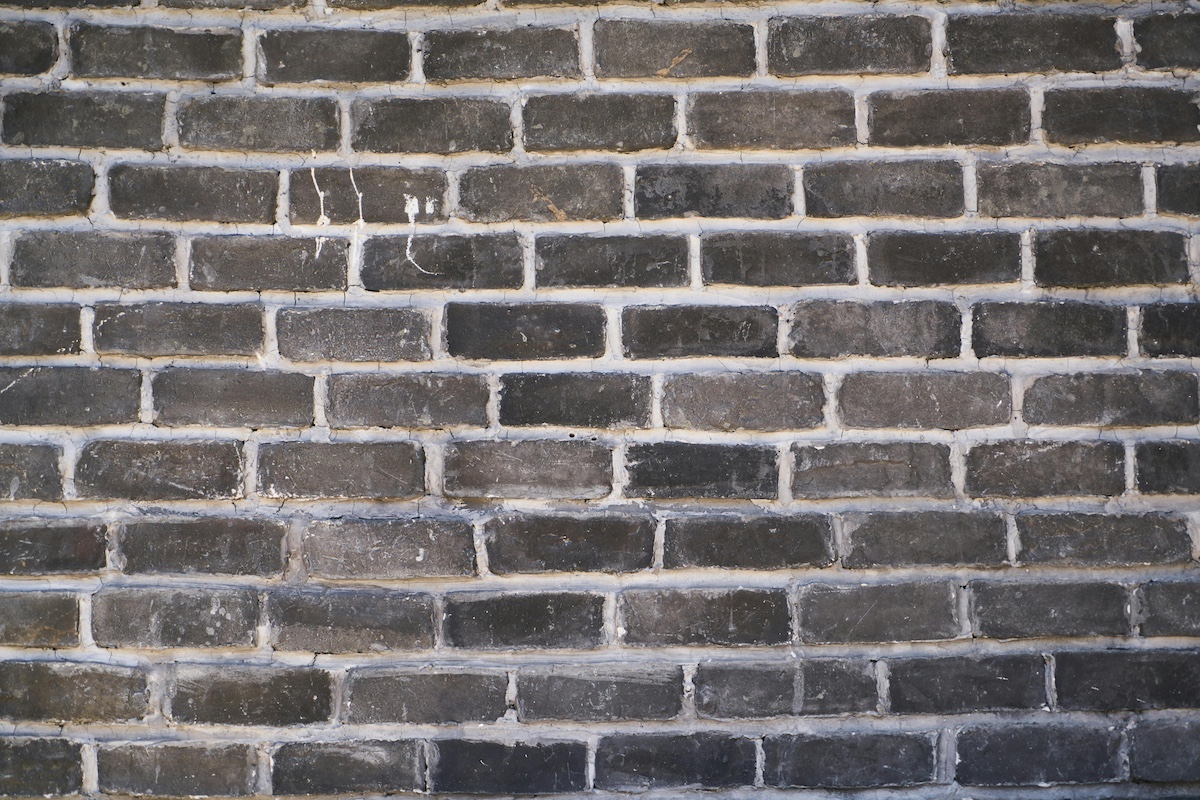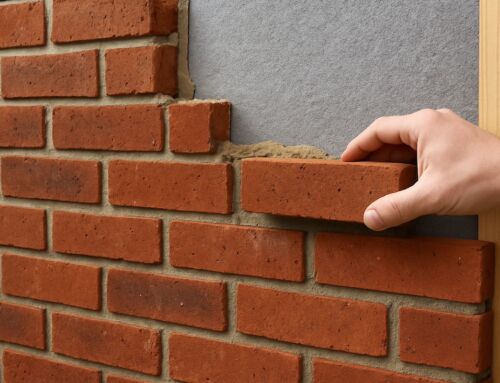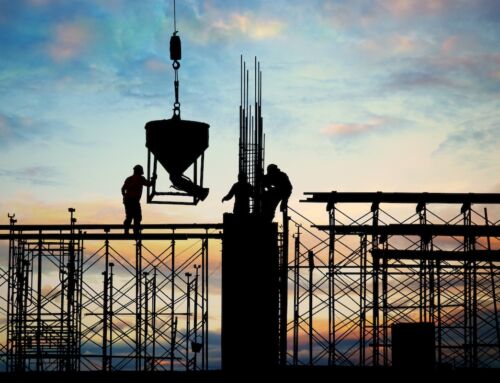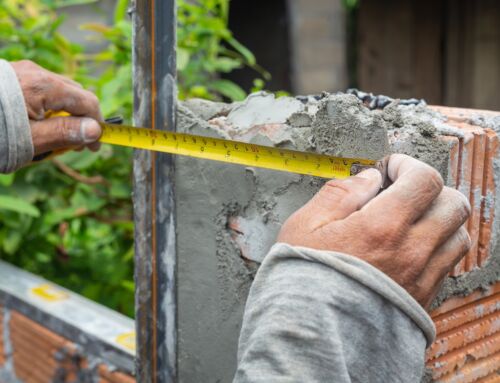When working in construction, especially masonry, precise measurements are essential to ensure successful project planning and execution. One term that frequently arises is LF, which stands for Linear Feet.
This unit of measurement is indispensable in masonry for determining the length of materials like bricks, blocks, and stones without factoring in their width or thickness.
In this guide, we’ll explore the meaning, applications, benefits, and common mistakes associated with LF in masonry and construction, providing a complete resource for professionals and homeowners alike.
LF Meaning in Construction
In construction, LF (Linear Feet) is a critical measurement used to quantify the length of materials in a straight or continuous line. It provides a standard unit for calculating the required quantity of materials such as lumber, pipes, wiring, or masonry units. Unlike square feet or cubic feet, which measure area or volume, linear feet focus solely on length.
Why is LF Important in Construction?
- Material Calculation: Simplifies estimating the length of materials like beams, rebar, or piping.
- Project Planning: Helps engineers and contractors determine how much material is needed for specific sections of a project.
- Cost Estimation: Many materials are sold or priced based on their length in LF, making it crucial for budgeting.
LF in Different Construction Applications
- Framing: Calculating wood or metal studs needed for walls.
- Plumbing: Determining the length of pipes required for water or gas lines.
- Electrical Work: Measuring wiring lengths for installations.
- Masonry: Estimating the number of bricks or blocks for walls.
By standardizing measurements, LF simplifies coordination between suppliers, contractors, and clients, ensuring projects remain efficient and cost-effective.
What Does LF Stand for in Masonry?
In masonry, LF (Linear Feet) refers specifically to the length of materials like bricks, stones, or blocks used in straight or curved structures. It is an essential unit for calculating material quantities and costs, as it does not account for width or thickness.
Why Is LF Important in Masonry?
- Material Estimation: Ensures accurate calculations of required bricks, blocks, or stones.
- Budget Management: Helps contractors estimate costs efficiently based on length-based pricing.
- Project Efficiency: Streamlines planning by providing clear material requirements.
How to Calculate Linear Feet (LF) in Masonry
Simple Formula:
To calculate LF, simply measure the total length of the structure in feet:
Linear Feet (LF) = Total Length in Feet
Example Calculation:
If you are constructing a wall that is 75 feet long, the LF of that wall is:
- 75 Linear Feet
For Curved Structures:
For curves, measure the total length of the curve using a flexible measuring tape to ensure accuracy.
Applications of LF in Masonry
1. Wall Construction
LF is crucial for estimating the number of bricks or blocks required to build walls, whether they are load-bearing or decorative.
- Example: For a wall 50 LF long and 8 feet high, contractors can calculate the total materials needed by factoring in LF and height.
2. Pathways and Driveways
Linear feet is used to estimate materials for paving straight or curved pathways.
- Example: Laying stone pavers over a 40 LF pathway requires calculating the length to avoid shortages.
3. Decorative Features
LF helps determine materials for custom elements like archways, trims, or garden walls.
4. Retaining Walls
Retaining walls often require precise LF measurements to ensure stability and aesthetics.
Benefits of Using LF in Masonry
1. Accurate Material Estimation
Knowing the LF of a project ensures that the exact number of bricks, blocks, or stones is purchased, minimizing waste.
2. Cost Efficiency
By using LF, contractors can accurately estimate costs, helping clients stay within budget.
3. Streamlined Planning
LF simplifies resource allocation for labor, time, and materials, ensuring the project runs smoothly.
Common Mistakes When Using LF in Masonry
1. Confusing Linear Feet (LF) with Square Feet (SF)
- LF measures length, while SF measures area.
- Example: A 10 LF wall 8 feet high has 80 SF of surface area.
2. Ignoring Mortar Gaps
Not accounting for the space between bricks or blocks can lead to material shortages. Always factor in mortar gaps when estimating LF.
3. Miscalculating Irregular Shapes
For structures with unique shapes or curves, incorrect LF measurements can result in delays and additional costs.
FAQs About LF in Masonry
What is the difference between LF and SF in masonry?
LF measures the length of a structure or material, while SF measures its surface area. For instance, a wall that is 20 LF long and 6 feet high has a surface area of 120 SF.
How is LF used to estimate bricks?
To estimate bricks, divide the LF by the length of a single brick (including mortar joints). This gives you the number of bricks required.
Can LF be used for curved walls?
Yes, LF is ideal for curved walls. Use a flexible measuring tape to measure the curve’s total length for accurate calculations.
Conclusion: Partner with Dixon for Masonry Excellence
When it comes to masonry projects, precise measurements and expert execution are critical for success.
At Dixon Inc, we understand the importance of accurate linear foot (LF) calculations and meticulous planning to bring your vision to life. With decades of experience in the commercial construction industry, Dixon Inc specializes in delivering high-quality masonry solutions tailored to your needs.
Whether you’re building a retaining wall, paving a pathway, or constructing decorative features, our team ensures every detail is handled with care and precision. Ready to start your next masonry project? Contact us today to experience exceptional service and craftsmanship you can trust!





